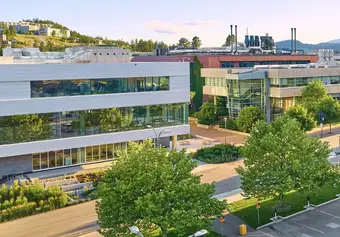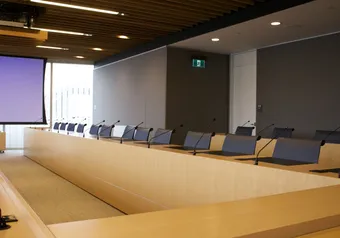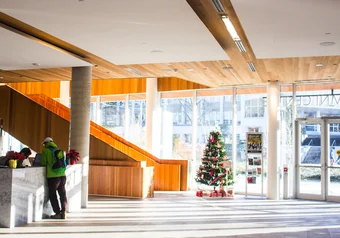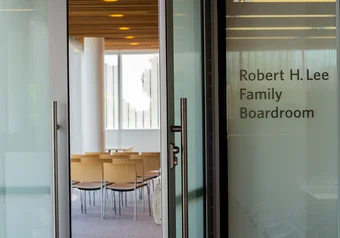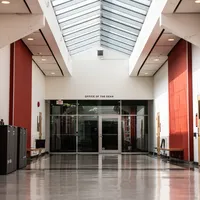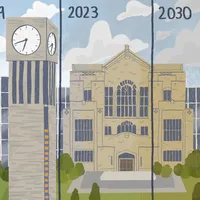UBC’s Board of Governors (BoG) met at the Okanagan campus on June 20 to approve UBC’s strategic directions for the next five years and listen to an update on the university’s Climate Action Plan 2030.
Here’s what you might have missed.
Strategic directions
Governors endorsed in principle the draft plan of UBC’s Strategic Directions 2025–2030. The plan, which has been under development since September 2024, outlines the university’s goals for the next five years.
“This plan builds upon the solid foundation of Shaping UBC’s Next Century 2018–2028 and … reflects the input of thousands of community members who shared their perspectives on how UBC can continue to lead globally in teaching, learning and research,” said UBC President Benoit-Antoine Bacon.
Governors had previously discussed the draft plan at the May 7 BoG meeting and both the Vancouver and Okanagan Senates have endorsed the plan in principle.
With these endorsements, minor changes will be made to the document over the summer, with final approval by the BoG planned for the start of the 2025/26 winter session.
“Our plan is to finalize some consultations over the course of summer, make sure that the plan is fully socialized and that we’ve listened to everyone so that everybody feels that this is their plan … We’ll bring the plan back to this body in September,” said Bacon.
Governors hear updates on UBC’s climate action
Governors listened to a presentation on UBC’s emissions reductions for 2024 as part of the university’s Climate Action Plan 2030.
“There’s some great news in terms of our progress in implementing the climate action plan,” said John Madden, the director of sustainability and engineering for Campus and Community Planning.
The Vancouver campus reduced greenhouse gas (GHG) emissions by 11 per cent year-over-year in 2024, with total emissions 44 per cent lower than the 2007 baseline.
“This is in the context of amazing growth; 45 per cent growth of full-time students and a 31 per cent increase in [campus building] floor space … It is just proof that these strategic investments of the university can decouple the impacts of growth from emissions,” said Madden.
Ultimately, the Climate Action Plan targets an 85 per cent reduction of GHG emissions from 2007 levels by 2030 at UBCV. To meet this goal, Madden said that the university is converting the Academic District Energy System — the infrastructure that provides hot water to UBC’s academic buildings — to electric boilers.
The university is also pursuing decarbonization of existing buildings, a process that aims to reduce GHG emissions from building operations through “energy demand reduction, electrification, renewable energy, and other measures,” according to the Canada Green Building Council. Three existing building decarbonization projects are advancing, with more on the way.
“We are identifying the high emitter buildings and really focusing on reducing those emissions within those existing buildings, creating greater resiliency and reductions of those emissions,” Madden said.
“UBC continues to be recognized globally for its climate leadership. Over the next year or so, we will see expansion of the low-carbon energy systems, retrofitting of existing buildings, and expanding institutional engagement programs with a focus on reducing emissions from commuting, air travel, food systems, materials and waste through our zero-waste campaigns.”
First online
Share this article


